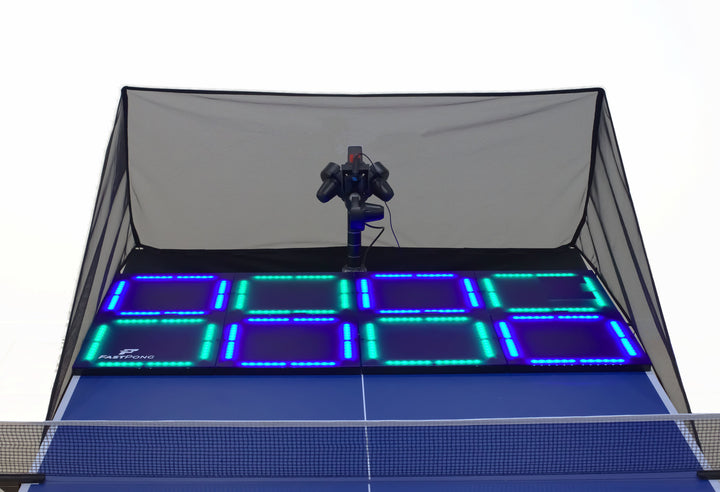Sure mate. I have a few.
Exercise #1 (you probably know some if not all of these) hehehe
Every child needs a ball. It should be the size of a tennis ball or slightly bigger. The coach will need five hoops and a big wooden or carton box. Some common drills are:
1.Running around the room with a ball.
2.Running around the room throwing the ball in the air and catching it carefully without falling down.
3.Running around the room while bouncing the ball on the ground continuously.
4.Alternating between the above exercises whenever the coach blows his whistle.
*The above exercises starting from the squatting position.
5.The children try to throw the ball in a hoop hanging from a wall at a height of 2-3m (the children are to aim for the center of the hoop).
6.The children try to throw the ball in a big box at a 10-15cm distance.
All the above exercises must be done in a simple way. Many children do not know to use a ball. The purpose of this session is to see to what extent the child can master the ball. In this session, the concentration level of each child should be carefully monitored.
Exercise #2 (you probably know these as well)
The equipment needed in this session is tennis balls, table tennis balls and table tennis rackets. The session is divided into three parts.
The first part starts with running exercises as in previous sessions.
In the second part, the tennis ball exercises are continued but at the same time great attention is paid to the bouncing of the ball.
The children must discover by themselves, the required tossing height of the ball. The coach must emphasize the initial movement of the arm when tossing the ball as well as the follow through movements of the body.
Drills
1.The children bounce the ball with one hand from a standing, a sitting, a walking, a running, and a jumping position.
2.They run while bouncing the ball without chasing after it.
3.They run and bounce the ball with right and then their left hand to various heights.
4.The children do all the above exercises zigzagging through obstacles.
5.Switching FH and BH while bouncing the balls on the racket. Repeat 1-4
The aim in all the above exercises is to give symmetry and rhythm to the children's' movements. At this point, the children must learn to master their body. In the third part of the session, the children are presented with a table tennis racket for the first time. The coach will say a few words about the racket its history and how it developed into what it is now (material, shape, weight.). The children are shown both grips (European-Asian), some simple movements are shown and then the coach moves on to the first drill.
*Always have prizes for the best performance, effort, ingenuity, stamina, or whatever that you can think of. Always works for me












